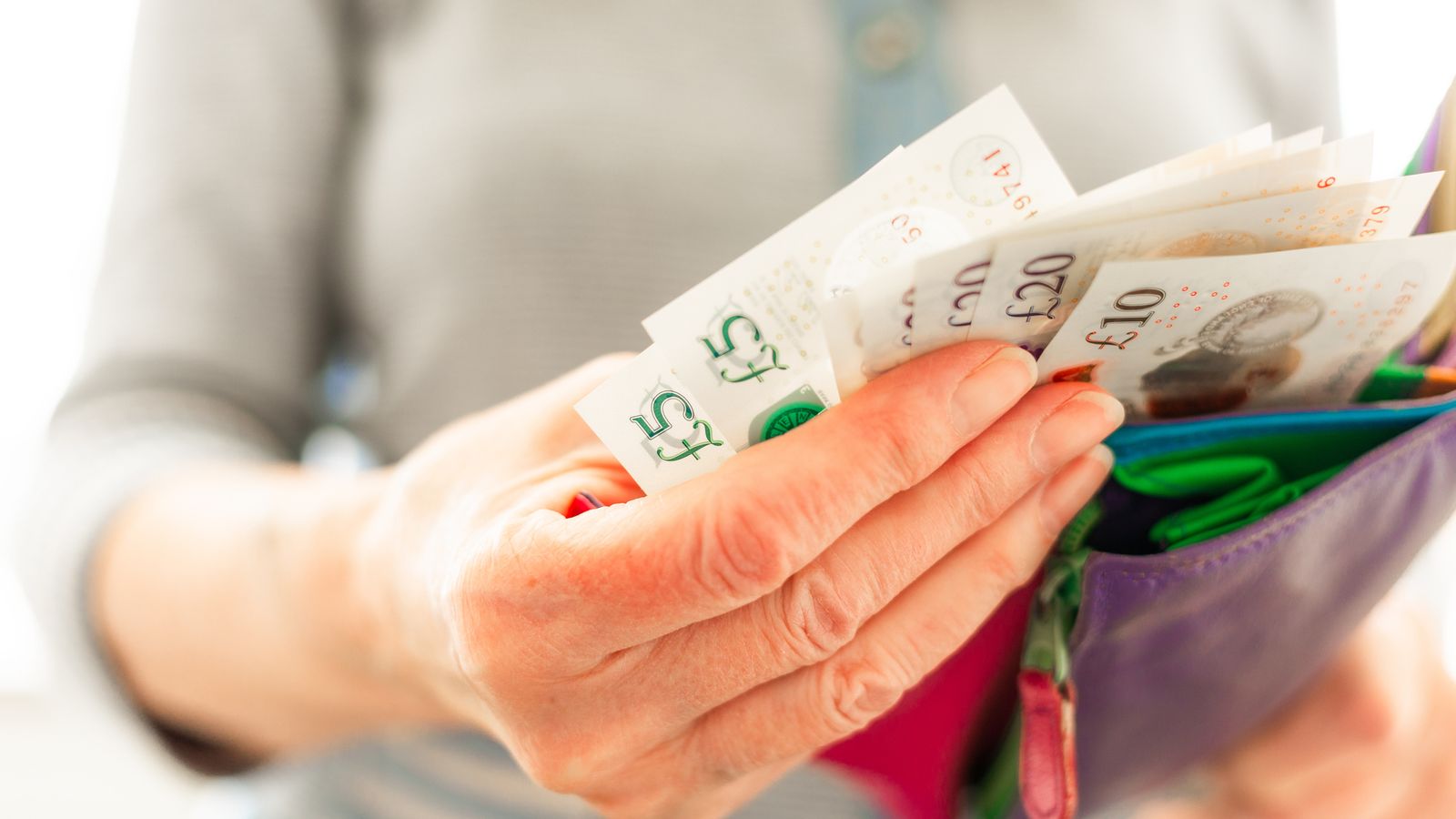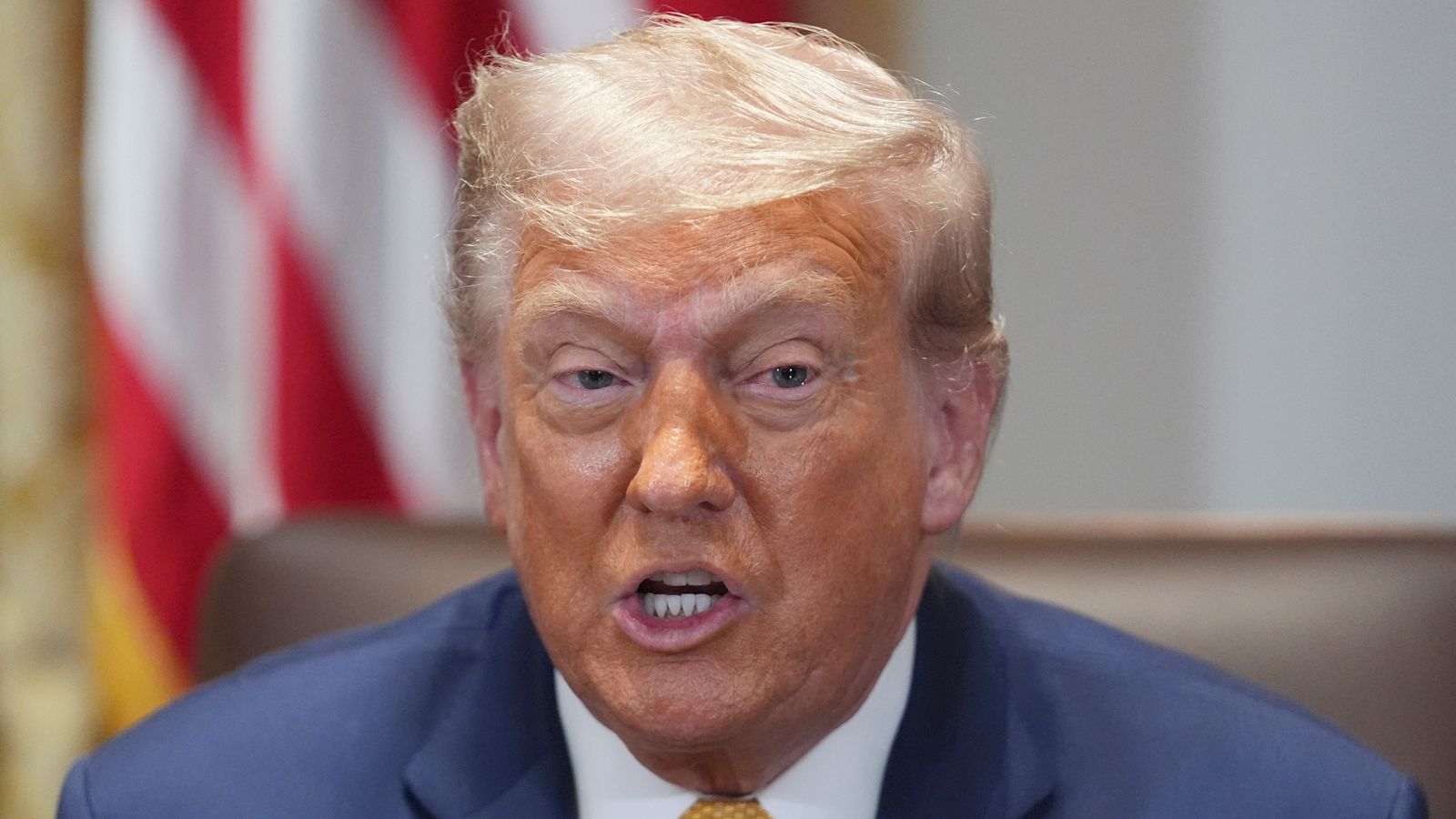
Tesla will assist Chinese authorities in investigating a dramatic Tesla Model Y crash in Guangdong, China, which killed two and injured three. But rumors have been flying on social media with potential causes of the crash, most of which are untrue or impossible.
The accident happened on November 5, and video has been circulating on Chinese social media. The CCTV video shows (warning: graphic) a Tesla Model Y attempting to park, then speeding off on a two-lane road, swerving between lanes at high speed, sideswiping cars and motorcycles before eventually crashing into a storefront about 30 seconds and 2.6 kilometers later.
An unnamed family member of the 55-year-old male driver stated that the driver had issues with the brake pedal when he was about to pull over in front of the family store, as reported by Jimu News. As best we can tell, the driver survived with injuries.
Tesla, as is often the case, has claimed that vehicle logs show that the brake pedal was not applied during the incident, and that the accelerator pedal was pressed for a significant portion of the event, and cautioned against people believing “rumors” about the incident. CCTV video shows that the brake lights were not illuminated in rear shots of the car, though they appear to turn on shortly at about 23 seconds after the start of the incident.
Police in Guangdong will work with a third-party agency to assess vehicle logs and CCTV footage to determine the truth about the incident.
(Warning: people die in this video, though it is not immediately clear from the footage. squeamish people may nevertheless not want to watch)
Tesla has faced other accusations of malfunctioning brake pedals in the past, including from a Chinese customer who staged a protest at their Shanghai Motor Show booth claiming that an accident she was in was a result of a brake failure. These accusations are not just limited to China, Tesla has also received many complaints in the US, which it responded to in a blog post claiming “there is no ‘unintended acceleration’ in Tesla vehicles.”
These complaints were examined by the NHTSA which found that incidents of sudden unintended acceleration in Teslas were a result of driver error, and not due to any design flaw in the vehicle. The NHTSA reminds drivers that there are 16,000 preventable crashes per year in the US due to pedal error and cautions drivers to be aware of this problem.
This didn’t stop social media from swirling with rumors about the latest Tesla crash, though. Both on Chinese and English-language social media, there have been many posts suggesting various causes without evidence, most of which do not stand up to basic scrutiny.
Some have claimed that the vehicle was attempting to autopark and then went haywire, running off at high speed. But the type of swerving, hard-accelerating behavior shown in the video is not characteristic of Autopilot, much less autopark, and both would have been disabled by a tap on the brake pedal at any point.
Others stated that the vehicle’s motor is too strong for the brakes to overcome, but given that the brake lights were not on and vehicle brakes are designed to overcome the force of the motor/engine, this explanation is not satisfactory either.
The accusations are similar to those that have happened with other vehicles. Famously, Toyota faced a “sudden unintended acceleration” recall in 2009-2011, where the automaker recalled various parts of their vehicles in response to an uptick in reports of unintended acceleration. While design flaws in floor mats or accelerator pedals may have contributed to some cases, most cases were found to be issues of driver error – and were more common among elderly and unskilled drivers. Increased reports tracked media coverage of the problem, with more reports coming in as media coverage intensified.
China is Tesla’s second-largest market. The company recently started pulling demand levers, including cutting prices, as a response to falling sales in the country.
Electrek’s Take
While it is entirely possible that there is some unexamined cause here, it’s almost certainly the same cause as it always is in these situations: someone pressed the wrong pedal, and then kept pressing it when they panicked.
This doesn’t mean there can’t be a design flaw involved. I’ve noticed first-time Tesla drivers getting the pedals crossed (i.e., accidentally pressing both pedals at the same time) perhaps more often than I would expect in a vehicle. It’s possible that the position of the pedals is a little closer than they should be, though I am not an engineer with particular expertise in pedal safety regulations, so take that with a grain of salt. Also, whenever this happens, the car has popped up a warning about crossed pedals and automatically cut power to the accelerator, favoring the brake over the accelerator – so that couldn’t be the cause of this crash.
But crediting this to Autopilot just doesn’t make any sense. This is clearly not Autopilot behavior, as anyone familiar with the system (and aware of its downsides) can tell. I’d bet that the third-party investigation will find that the driver was just pressing the accelerator the whole time, and that this was human error, as is the case in many crashes. So why so much discussion of this Tesla crash specifically?
Tesla is a popular topic on social media – it’s a high-profile brand, it’s different, and it drives a lot of traffic for various reasons, one of which due to its firebrand CEO who loves to be the center of attention. Whenever anything happens with Tesla, people talk about it – there are deadly crashes in various cars every day, most of which do not generate nearly as much social media discussion or articles (such as this one, sigh) about them. People just always have something to say about Tesla.
The presence of social media rumors can especially be expected right now, given that it is quite popular to “dunk on” Tesla CEO Elon Musk lately, due to his recent behavior and the dumpster fire associated with his purchase of the very social media platform where many of these rumors are circulating: twitter.
Twitter has long been a source of rapidly-spread disinformation, which Musk himself has participated in. He has routinely spread COVID-19 disinformation, among other topics, while promising that his purchase of the company would result in the removal of guardrails intended to protect against disinformation on the social media site. For example, he recently tweeted (and later deleted) that “there is a tiny possibility there might be more to this story than meets the eye,” echoing a false and bigoted conspiracy theory about a violent attack on Paul Pelosi, husband of US Speaker of the House Nancy Pelosi.
This sort of active disinformation spreading from the CEO of Twitter and Tesla naturally leads to public resentment that the world’s richest man would spend so much of his time and effort on polluting information streams instead of fixing his companies. So some number of people will be uninterested in seeing “his side” of the story, and will actively distrust anything that he or Tesla has to say, since he is spending so much public effort spreading disinformation lately.
If Tesla’s mission is to “accelerate the advent of sustainable transport” – and they are the company most responsible for electrification currently – then it doesn’t seem particularly productive for the CEO to spend so much time spreading social media disinformation, turning public opinion against him and his company and its mission. We’d like to see less of that.
FTC: We use income earning auto affiliate links. More.

![Tesla China responds to dramatic crash that kills two [video]](https://i0.wp.com/electrek.co/wp-content/uploads/sites/3/2022/11/Screenshot-2022-11-13-at-12.33.36-PM-e1668375894995.jpg?resize=1200,628&quality=82&strip=all&ssl=1)



![Watch Honda's Super EV Concept rip around the track during its global debut [Video]](https://i0.wp.com/electrek.co/wp-content/uploads/sites/3/2025/07/Honda-Super-EV-Concept-debut.jpeg?resize=1200,628&quality=82&strip=all&ssl=1)






